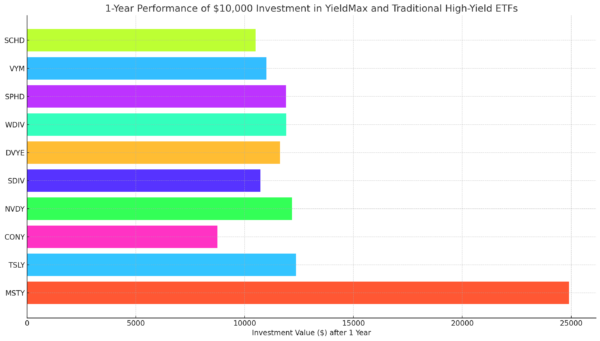Johnson & Johnson’s Dividend History and Safety
Some of the world’s best investors stick to dividend portfolios. They know that a steady stream of income is a top wealth building strategy. And finding the best deals is vital. So today, we’re going to review another one of the best dividend stocks around. Let’s take a look at Johnson & Johnson’s dividend history and safety…
Business Overview and Highlights
Johnson & Johnson (NYSE: JNJ) is a $342 billion business based in New Jersey. It employs 135,100 people, and last year Johnson & Johnson pulled in $82 billion in sales, which works out to $604,000 per employee.
The company runs within the consumer sector and maintains a solid credit rating (AAA) from the S&P. This allows Johnson & Johnson to issue cheap debt to expand operations and finance other initiatives.
Johnson & Johnson earned the Dividend Aristocrat title, as it has raised its dividend for 57 years in a row. The company has had a difficult year in 2019. Due to several opioid-related lawsuits and big settlements, Johnson & Johnson’s stock has been volatile. Some investors are worried that the potential litigation settlements could seriously impact the company’s financial health. Despite the tumultuous year, Johnson & Johnson’s dividend still might be a safe bet for dividend investors.
Johnson & Johnson’s Dividend History
The company paid investors $1.93 per share a decade ago. Over the last 10 years, the dividend has climbed to $3.54. That’s an 83% increase. You can see the annual dividend per share growth below…
The compound annual growth is 6.3% over 10 years… but over the last year, the dividend climbed 6.6%. The increase in dividend growth is a good sign. Johnson & Johnson might work out as a great income investment. Let’s take a look at the yield…
Current Yield vs. 10-Year Average
Johnson & Johnson’s long history of paying dividends makes it one of the best dividend stocks around. This also makes the dividend yield a great indicator of value. A higher yield is generally better for buyers. Sustainability is also vital, and we’ll look at that soon.
The dividend yield comes in at 2.93%, and that’s below the 10-year average of 3.5%. The chart below shows the dividend yield over the last 10 years…
The lower yield shows that investors have bid up the company’s market value. They might be expecting higher growth and payouts. But more often than not, the dividend yield is mean reverting with share price changes.
Improved Dividend Safety Check
Many investors look at the payout ratio to determine dividend safety. They look at the dividend per share divided by the net income per share. So a payout ratio of 60% would mean that for every $1 Johnson & Johnson earns, it pays investors $0.60.
The payout ratio is a good indicator of dividend safety… but accountants can manipulate net income. They adjust for goodwill and other noncash items. A better metric is free cash flow.
Here’s Johnson & Johnson’s payout ratio based on free cash flow over the last 10 years…
The ratio is fairly steady over the last 10 years and the trend is up. The last year shows a payout ratio of 51.2%. This gives wiggle room for Johnson & Johnson’s board of directors to raise the dividend. Luckily for dividend investors, Johnson & Johnson has plenty of incentive to raise its dividend for the 58th consecutive year. After all, the company is seeking stability after a volatile year, and raising the dividend should help appease worried investors.
If you’re interested in learning more about the power of dividend investing, check out our free dividend reinvestment calculator. It will help you visualize the effects of compound interest.
For more information on dividend-paying companies, check out our Dividend Stocks page. There is a wealth of information about the latest and greatest in the dividend investing world. Now you know about Johnson & Johnson’s dividend, but what about Altria’s?








